Merry Christmas! The year is almost over, and it’s flown by so quickly.
Recently, I visited the Marunouchi area near Tokyo Station to enjoy the stunning Christmas lights.



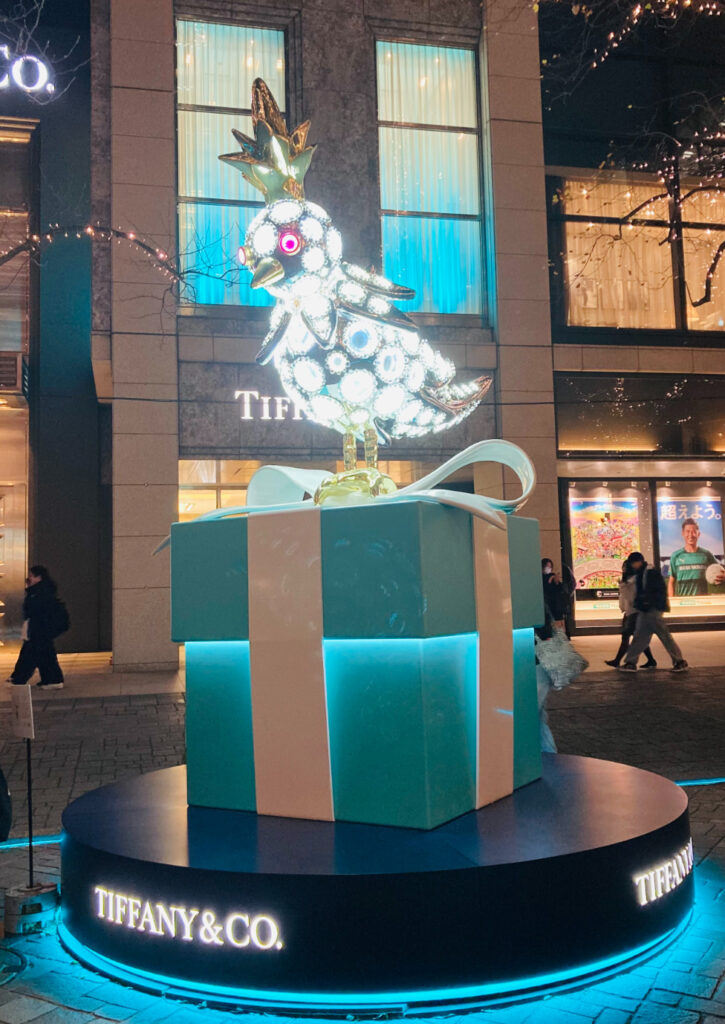
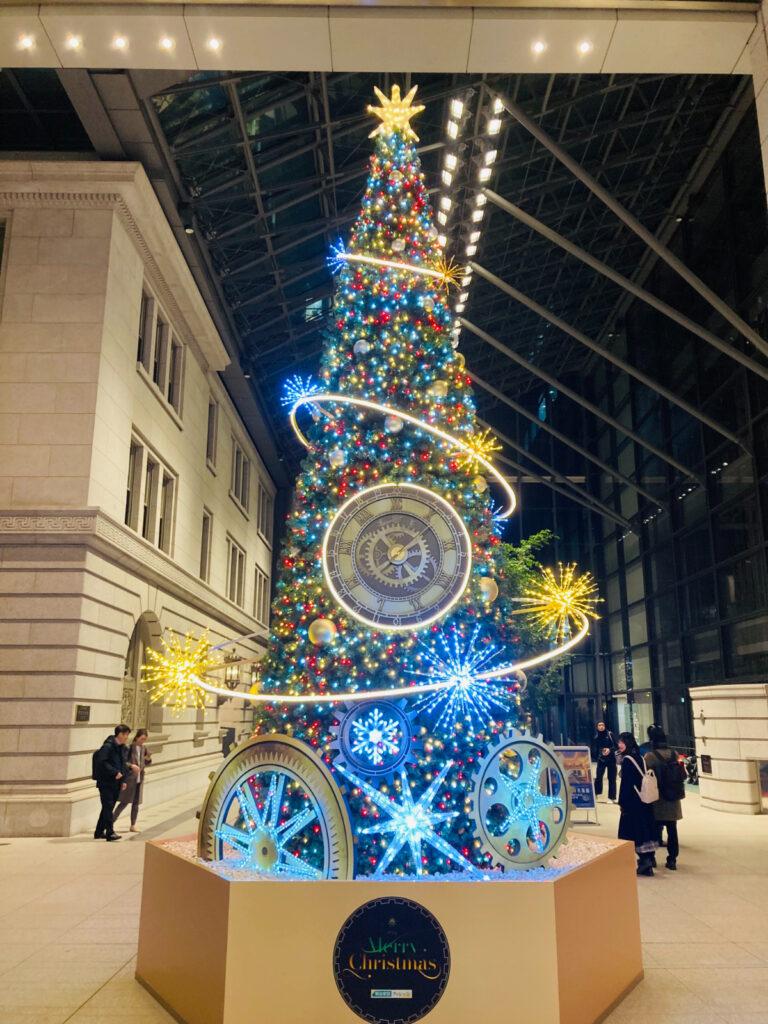
This year, the Christmas theme in Marunouchi seemed to be Mario, with characters from the Mario series displayed all around.

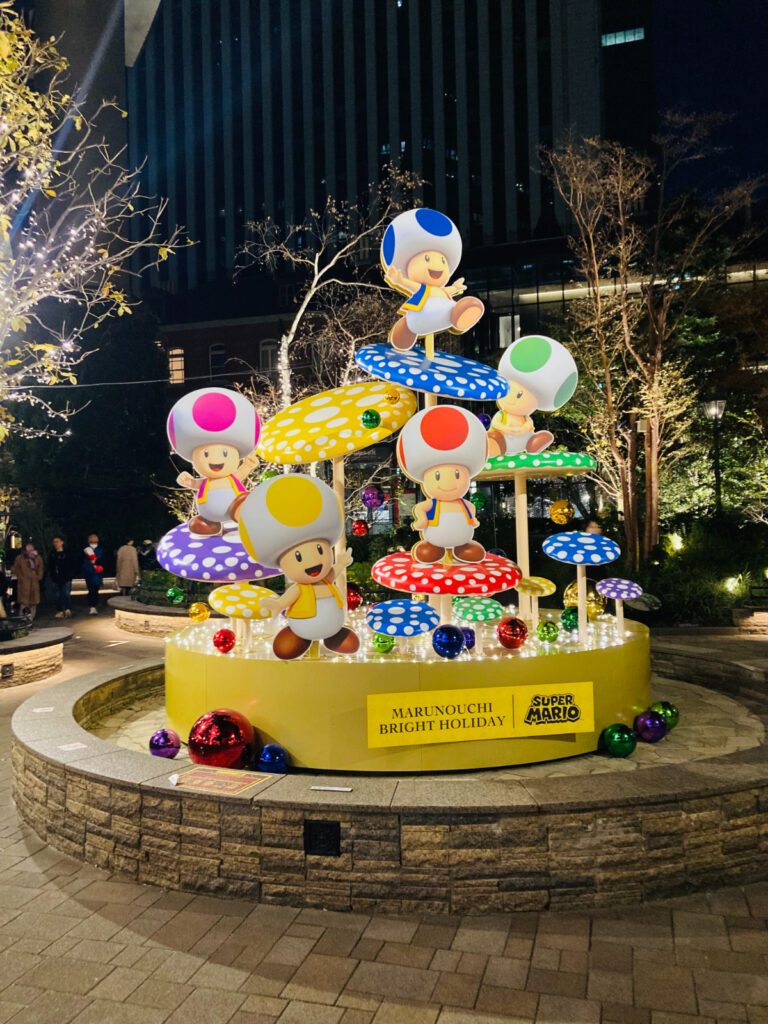

The Christmas tree at KITTE, a building that now stands where the Tokyo Central Post Office once was, was particularly beautiful.



I shared the movie version on X:
I had a Christmas parfait that looked like a piece of art.
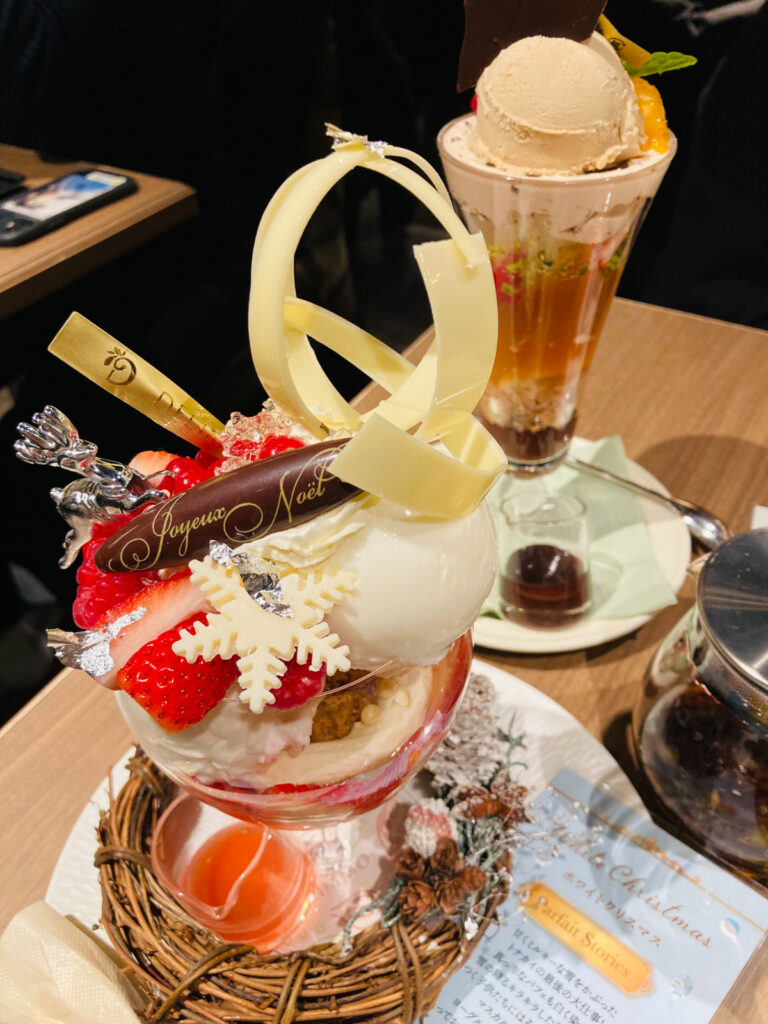
In Japan, we have a unique year-end tradition called a 忘年会 (bounenkai) party.
- 忘 (bou): Forget
- 年 (nen): Year
- 会 (kai): Party
These gatherings are meant to “forget the year,” so they have a slightly different vibe from Christmas parties.
I joined some friends for a nabe (hot pot) dinner to celebrate own bounenkai.
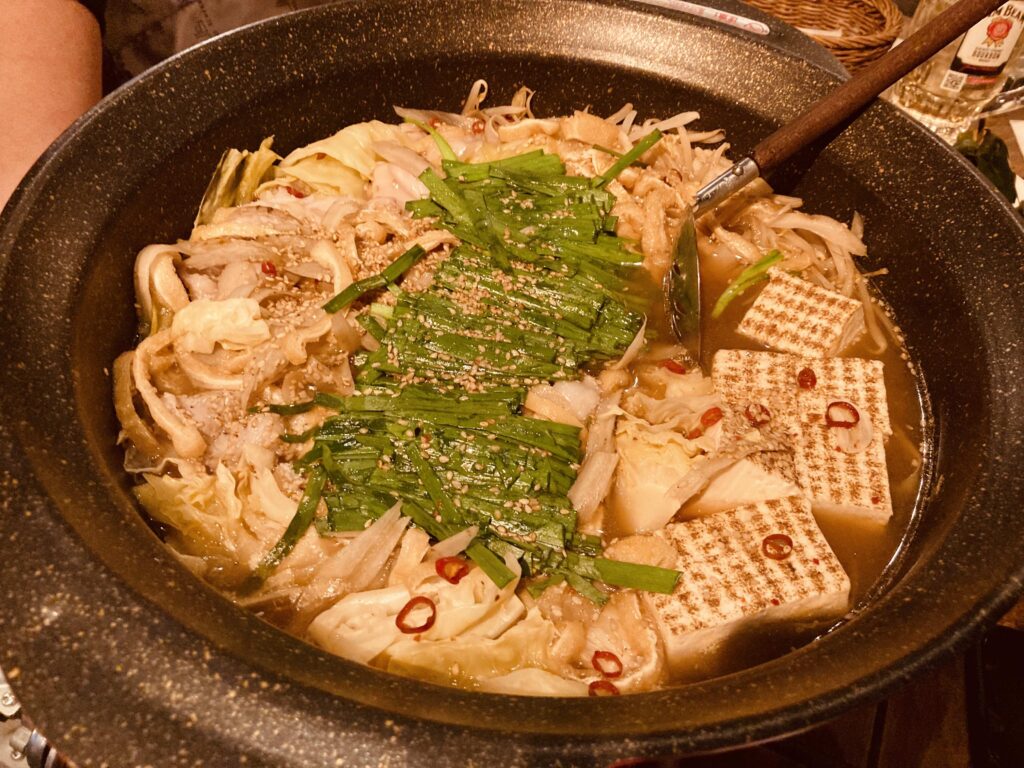
Throughout the year, I focused a lot on creating self-made Japanese teaching materials, though I still haven’t completed them. Later in the year, my attention shifted to writing blog posts about the Yasuke controversy, which kept me incredibly busy.
As 2024 draws to a close, I’d like to take a moment to reflect on what this year has meant to me.
My 2024: A Year of Research
- January: Realized there are very few Japanese teachers blogging in English.
- February: Began blogging on this website.
- March: Revisited language teaching methodologies to enhance my blog content.
- April: Compared various Japanese textbooks and reaffirmed that Minna no Nihongo is an inefficient teaching resource.
- May: The trailer for Assassin’s Creed: Shadows was released, sparking global controversy.
- June: Enjoyed a brief respite with a trip to Yokohama.
- July: Thomas Lockley’s “Black Slave Trend Theory” gained attention in Japan, extending interest beyond gamers.
- August: Engaged in a heated debate on X with Assistant Professor Miho Oka from the University of Tokyo, who defended Lockley.
- September: Visited Nihon University’s Faculty of Law Library to access Lockley’s papers.
- October: Investigated doubts surrounding Lockley’s research and the origins of the “Black Slave Trend Theory.”
- November: Visited the Tokyo University of Foreign Studies Library to read a work by Lucio de Sousa.
- December: Took a break from the Yasuke controversy and treated myself to a relaxing trip to Hakone.
Looking back, it was a year filled with intensive research and countless trips to libraries.
Although the Yasuke controversy consumed much of my time, it also provided many valuable insights.
What I Learned in 2024: The Value of Independent Scholars
One of the most significant discoveries I made this year was learning about the existence and contributions of independent scholars. While amateur researchers seem to be more common in other countries, they’re relatively rare in Japan.
Here in Japan, the term “researcher” generally refers to professionals affiliated with universities or research institutions.
To be honest, I used to associate the term “independent scholar” with people who were, well, a little shady (my apologies!).
But through my involvement in the Yasuke controversy, I came to realize that many professional researchers affiliated with institutions can also be unreliable. At the same time, some independent scholars are conducting truly outstanding investigations.
Several independent scholars managed to unearth and analyze details that had previously been overlooked about Yasuke.
One possible reason for this is that the scarcity of Yasuke-related documents creates a more level playing field, allowing both amateurs and professionals to engage in meaningful discussions on equal terms.
Independent Scholars Who Contributed to the Yasuke Debate
Many individuals conducted independent research and shared their views on the Yasuke controversy. While I can’t highlight everyone, I’d like to introduce a few key contributors.
Some of these people don’t even identify as independent scholars, but to me, they represent the best of what independent research can offer.
Ram Myers-san
He was the first person to thoroughly investigate Yasuke’s story. Thanks to his work, I was able to learn much more about the historical records related to Yasuke.
Although he remains anonymous and doesn’t call himself a researcher, I suspect he might be a professional researcher in real life.
His efforts to compile and verify records about Yasuke stemmed from a genuine desire to prevent the spread of misinformation.
Without his contributions, it might have taken Japanese people much longer to recognize the core issues surrounding Thomas Lockley’s claims about Yasuke.
STST-san
Another key contributor, STST, summarized Yasuke’s historical records on a platform called Note, rather than using X.
It seems he created his account specifically to contribute to the Yasuke controversy and conducted meticulous research into various historical documents.
He was the first to point out that Lockley had been editing Wikipedia under the username “Tottoritom.”
His research methods are so professional that I wouldn’t be surprised if he was affiliated with a university or research institution.
Sagara Souju-san (嵯峨良蒼樹さん)
He is a self-proclaimed “stray researcher” who stands out for his unique profile picture and his habit of using old-fashioned samurai-style language.
His primary focus is on Japan’s Sengoku period, and he has conducted extensive research into historical records.
Eventually, he published a book titled Yasuke Controversy: Truths and Myths of the Black Man Who Served Nobunaga (Bilingual Edition). Written in a Q&A format, the book is both accessible and informative.
One of his significant contributions was identifying that the phrase “六尺二分 (six shaku and two bu),” which described Yasuke’s height in the Ietada Diary, was also used in the same diary to describe a mermaid’s height.
Building on this, STST-san, who I mentioned just before, investigated further and discovered that this phrase was often a stock expression used to describe tall individuals with dark skin.
“黒人侍”弥助と身の丈六尺二分の謎 (“The Black Samurai” Yasuke and the Mystery of His Six-foot-Two Stature)
While it remains unclear why the phrase was also applied to a mermaid, their findings revealed that Yasuke’s recorded height was likely a conventional figure of speech rather than an actual measurement.
The collaborative process between these independent scholars led to the discovery of many new facts about Yasuke.
This experience showed me how modern technology, particularly the internet, has made such collaborative research possible, even for independent scholars.
Amane Murakumo-san (雨音村雲さん)
Although she wasn’t directly involved in the Yasuke controversy, she provided invaluable support during a time when I faced heavy criticism. I’m deeply grateful to her.
Her interests span a wide range of topics, including Asian languages, philosophy, and mythology—so much so that it’s hard to keep track of everything she studies.
One particular instance stands out. I was engaged in a heated debate with Oka, arguing that the Chinese character gui (鬼) doesn’t carry the “strong and powerful” connotations associated with the Japanese oni (鬼). This stance attracted significant backlash.
At the time, I felt like Galileo standing before the Inquisition. Amid this turmoil, Murakumo stepped in to support my argument, sharing her extensive knowledge to strengthen my case.
(This is my post)
おそらく岡先生が根拠としたのであろう清水俊史先生のポストを見つけました。同じ論文が紹介されています。清水先生へ素人質問で恐縮ですが
1. 中国では「鬼」という漢字に「強い」というニュアンスはない
2. 地獄の番人とは羅刹(rākṣasa)のことだと思われるが、悪霊的存在だから「鬼」とされたのであって、「強い」から「鬼」とされたわけではないのではないでしょうか。
Translation:
I came across a post by Shimizu Toshifumi, which is likely the source Oka relied on. The same paper is mentioned there.My apologies for the amateur nature of my questions, but may I ask Dr. Shimizu:
1. In China, does the character “鬼” not carry the nuance of “strong”?
https://x.com/japanese_naoto/status/1823977527221870676
2. Isn’t it the case that the gatekeepers of hell are referred to as rākṣasa, and they were described as “鬼” because they are malevolent spirits, not because they are “strong”?
1.に関して言うとその通りだと思う。
https://x.com/amane_murakumo/status/1824306777963499696
例えば明代成立の『水滸伝』の百八魔星の渾名には「赤髪鬼」、「操刀鬼」と「鬼瞼児」があるがこれは「恐ろしい」の意で肯定的に日本の鬼小島弥太郎の「鬼」の様な「鬼神が如き勇猛な戦士」の意味は無い。他にも「母夜叉」などがあるがやはり鬼婆のイメージである
Translation:
Regarding point 1, I believe that is correct.
For example, in the nicknames of the 108 Demon Stars from Water Margin, compiled during the Ming Dynasty, terms like 赤髪鬼 (Red-Haired Demon), 操刀鬼 (Knife-Wielding Demon), and 鬼瞼児 (Demon-Eyed Kid) convey the idea of being “terrifying.” However, they do not carry the positive connotation of “鬼” as seen in Japan, such as in the case of 鬼小島弥太郎 (Oni Kojima Yatarō), where “鬼” symbolizes a warrior as brave and fierce as a demon god. Other examples, such as “母夜叉” (Mother-Demon), also evoke the image of a wicked or terrifying crone, further illustrating the lack of a “heroic warrior” nuance.
2.同じ水滸伝の同じ文脈で言うと強さの例えでよく使われているのは虎や豹、龍の方が圧倒的に多く、仏教や道教の神、閻羅・哪吒なども散見し、或いは〇〇将などの呼称が多い。明確に鬼が褒め言葉として用いられている形跡は日本語に比べると無いに等しい。
https://x.com/amane_murakumo/status/1824306780773683585
Translation:
2. In the same context of Water Margin, comparisons to strength are overwhelmingly made using terms like “tiger,” “leopard,” or “dragon.” References to deities from Buddhism or Daoism, such as 閻羅 (Yama) or 哪吒 (Nezha), are also occasionally seen, along with titles like “General 〇〇” (〇〇将). However, there is virtually no evidence of “鬼” being used as a compliment in the same way it is in Japanese.
For those interested, I’ve written a brief summary of this debate in a separate article.
I’ve also shared additional insights about the differences between the Chinese gui and Japanese oni on X in Japanese.
In the end, Oka was unable to provide evidence that the Chinese 鬼 (gui) carried the same “strong and powerful” connotations as the Japanese 鬼 (oni).
What struck me most during this debate was how many people sided with Oka and another scholar, 清水俊史 (Shimizu Toshifumi,) simply because they were professional researchers—even though neither of them understood Chinese.
For me, what someone says is far more important than their credentials. This belief, which I always considered common sense, was challenged by the lots of authoritarian attitudes I encountered during this debate.
A Book on Minakata Kumagusu Reviewed by Oka
Oka wrote a book review for Yomiuri Shimbun about a book related to 南方熊楠 (Minakata Kumagusu,) a Japanese independent scholar who studied in the U.S. and the U.K.

Minakata never worked for an institution. Instead, he conducted his studies independently, immersing himself in the British Library.
Although his overseas studies took place in the 19th century, the book highlights how public libraries and Britain’s well-developed postal network enabled him to pursue his research as an independent scholar.
Reading about Minakata made me realize how much easier it is today to conduct independent research, thanks to the internet.
The book seemed to resonate with Oka as well. The opening lines of her review appear to reflect her thoughts on me and other independent researchers:
近年SNSで誰もが情報を発信できる時代になり、「学問」を取り巻く状況も大きく変化している。そこでは専門分野の研究者ではなくとも、紛糾する話題について深い知識と洞察力でコメントを発信する人が散見される。
Translation:
https://www.yomiuri.co.jp/culture/book/reviews/20241028-OYT8T50044/
In recent years, with the advent of social media, anyone can disseminate information, and the environment surrounding “scholarship” has changed dramatically. These days, we sometimes see people who, while not professional researchers, offer insightful commentary on contentious topics based on deep knowledge and understanding.
In today’s world, where misinformation and pseudohistory can spread so easily on social media, I hope professional historians will take the lead in sharing accurate knowledge.
The book was incredibly interesting, and I plan to summarize its contents and share my thoughts in my next article.
Next article:




